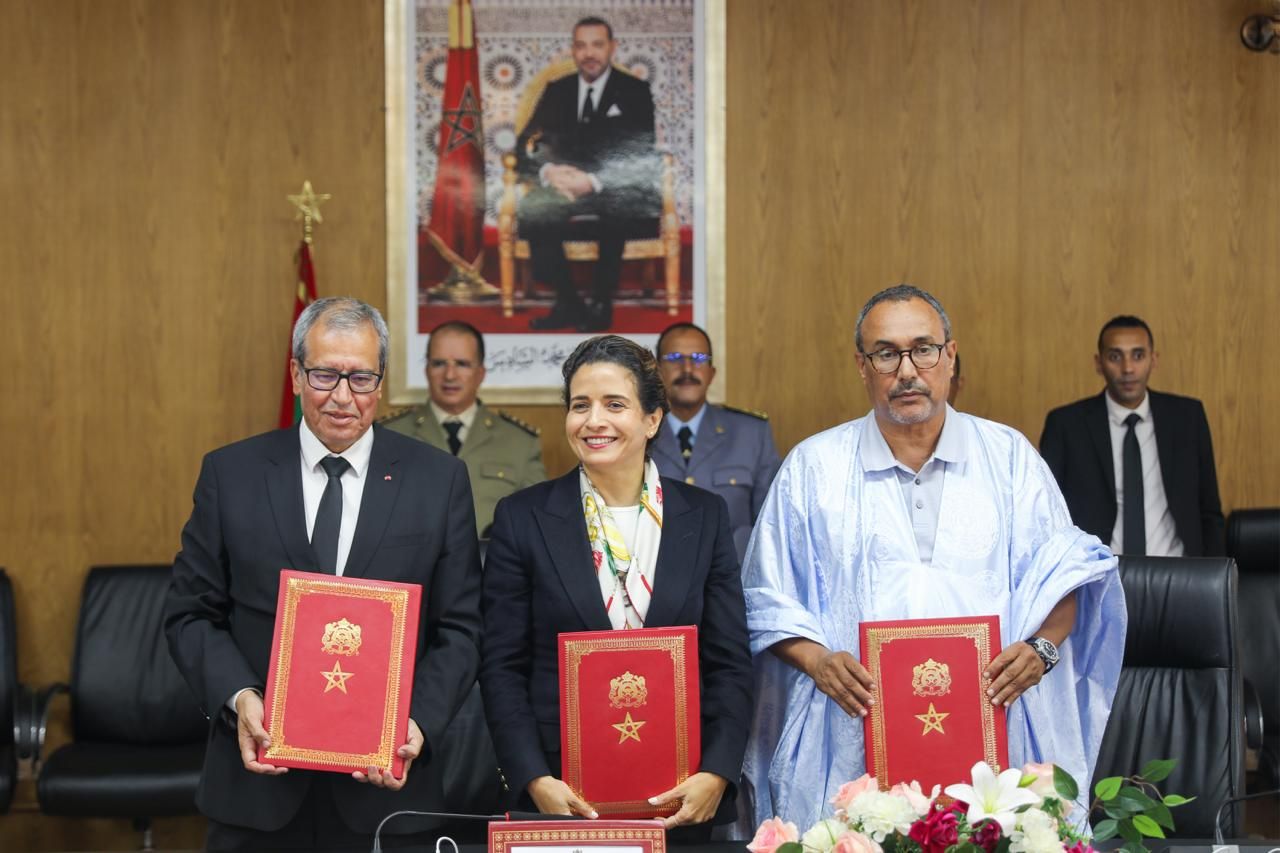
Morocco Expands Solar Infrastructure with Two New Power Stations in Khouribga

Armenia’s Rare Earth Opportunity: Can a Small Nation Power a Cleaner Tech Future?

Bancolombia’s Daniel Arango shares how Colombia can emerge as a regional leader in energy transition by reducing GHG emissions, scaling renewable projects like solar energy, and advancing green hydrogen initiatives with innovative financial solutions.
Colombia can position itself in three areas as a leader in energy transition in Latin America. I envision that leadership being fulfilled in the following order: i) reduction of GHG emissions to comply with international commitments made by the government, ii) necessity to diversify its energy matrix, and therefore achieving resilience and excellence in power supply, and iii) as a clean energy exporter to its neighbors and hydrogen to more distant markets.There are other indirect ways Colombia can position itself as a leader, by providing clean energy at competitive prices and with high reliability for energy intensive industries like: data centers, raw material production, manufacturing, etc. It’s important to bear in mind that there is an ongoing conversation about near shoring in the Americas.
Today’s growth is being accomplished mostly in solar projects, which are the projects with relevant advantages over other technologies in terms of more beneficial conditions for their development (or less hurdles) and by the fact that it is today a mature technology in many ways. I think there are relevant financial and tax benefits provided by banks and the government, respectively. However, the challenge today is to scale up at the speed required by the demand, and as societies electrify their energy needs, more speed will be needed. We should aim at faster licensing and permitting (this requires close interaction with governments) for the projects and the grid, and this requires from capital providers more speed in delivering project structuring and financial close.
I believe that pilots might still be too small or early stage for companies to seek independent project facilities. However, see the main challenges in financing hydrogen are:
We currently have a Sustainable Credit Line, which has a discount on pricing relative to our normal credit facilities. This facility has benefited all our renewable projects and does have a relevant impact in project returns.I believe as mentioned before, that we have a relevant challenge in providing more agile solutions that enable an acceleration of the transition. We also have the goal of involving capital markets in a higher degree.I think as technologies like carbon capture begin to enter the region, we will be interested in financing those projects, as we are fully committed to supporting a sustainable future. As a county, we need to bring together investors, banks, regulatory agencies, the government to develop a framework that provides the ground for these new technologies. That framework must provide the right incentives for an ecosystem to develop. Following capital providers, come advisors, manufactures, engineering companies, etc. which will make things happen.


